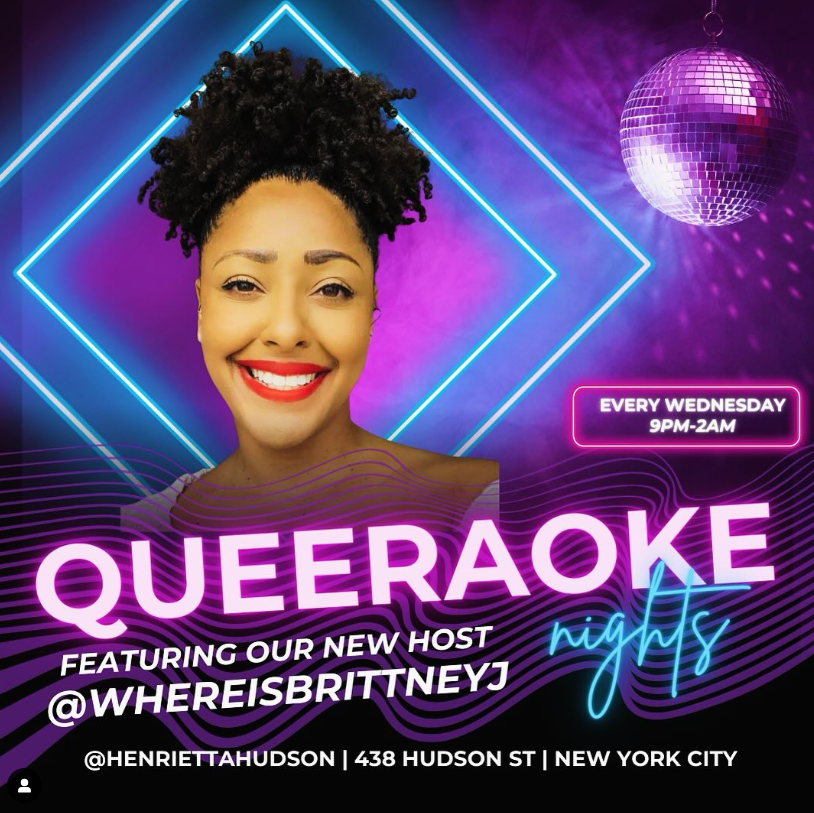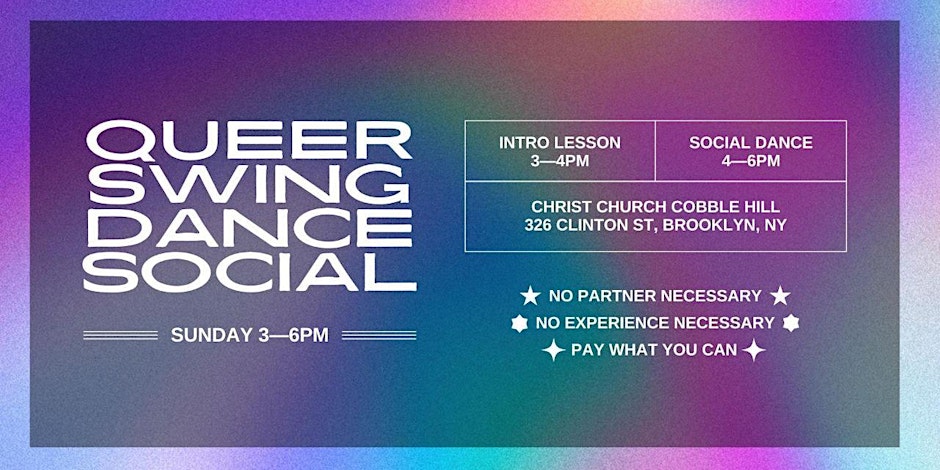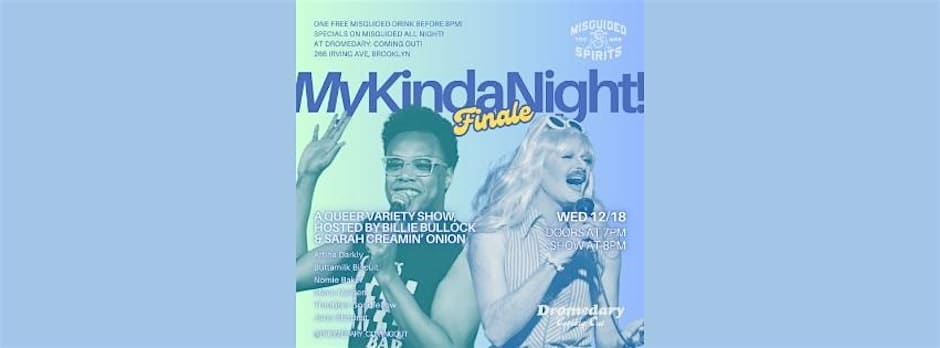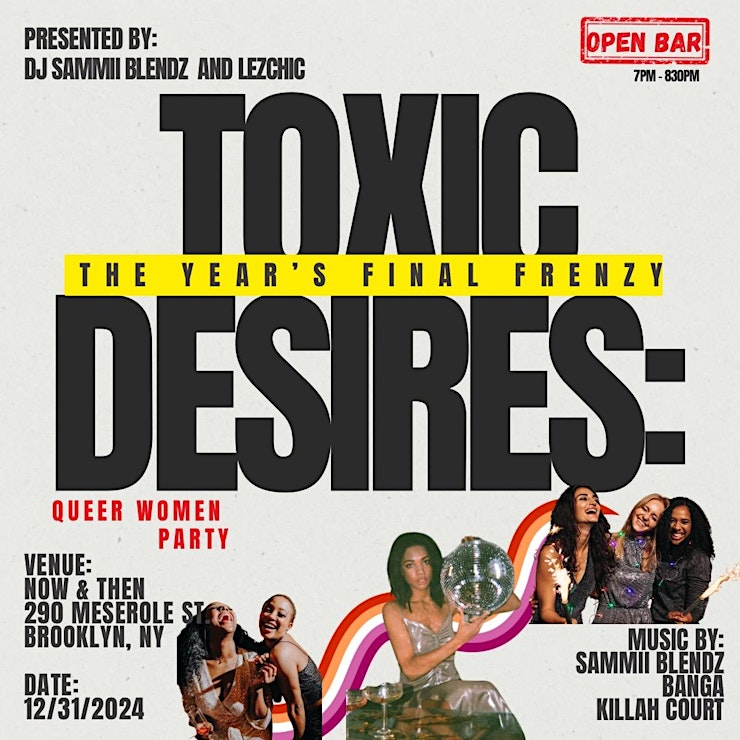
Poetry aficionados and those more averse to verse most likely became familiar with the pioneering poet Emily Dickinson in a literature class. Many of us have “heard a fly buzz, when [she] died” (to quote one of the writer’s best-known poems). The elusive Dickinson was an early feminist known for her sparse, polished prose that elegantly flouted then-conventional constructions of rhyme, meter, capitalization and punctuation—all to exquisite affect. But Dickinson died a recluse in 1886, and she remains a largely mystical figure in the tapestry of American literary giants. Now, scholars and fans debate whether this “quiet” genius may have been queer. So who was Emily Dickinson, really? A new biopic starring Cynthia Nixon as the post-adolescent Dickinson makes inroads toward finding out.
A QUIET PASSION
As with many literary historical figures who lived before the invention of audio and video recordings, all that remains to answer this question are the writings they left behind and anecdotal evidence provided by their contemporaries. “A Quiet Passion,” (in theaters now), is the first major silver screen biography of the American poet, whom we know only through her voluminous body of work: Dickinson wrote some 1800 poems, of which only a dozen were published during her lifetime. The film also mines the passionate written correspondence she shared with close friends and family throughout her life.
It is a life in letters that “A Quiet Passion” details: one of outward silence and physical domestic confinement, sparked inside via thoughts and words, recorded and transmitted one letter and rhyme at a time. Emily Dickinson was hardly a social butterfly, to say the least. She purposely sequestered herself from the world in her family’s home in Amherst, Mass. Though constantly writing poetry and letters to friends, she rarely left her house. By 1850, she further secluded herself in her bedroom and refused to allow visitors to converse with her directly, preferring to speak with them—clad in all-white for no one to see—from her doorway while they stood at the bottom of the stairs.
But what was she closeting herself from? Why never an engagement to a man in a time when lack of marriage meant “old maid” for women? Why purposely shut oneself off to society and the outside world? Various theories continue to circulate regarding Dickinson’s self-segregation and, more recently, her sexual orientation. The film “A Quiet Passion” explores many of these curious questions and biographical details in somber, thoughtful depth.
“Any argument about gender is war, because that, too, is slavery.”
Set between 1848 and 1886 in Amherst, “A Quiet Passion” ruminates on the intricate inner life of the much-heralded poet and her struggles against the social and gender norms designed to define her: She rebels against religious instruction, the assumption that she must marry, and finally cloisters herself from the outside world entirely. As Dickinson declares, her unconventional existence and the way she chooses to pursue (and in some ways, endure) it become forms of protest themselves.
In Western society during Dickinson’s time, most women’s sole social context—from childhood to adulthood—revolved around the domain of house and home. They served in subjugated roles overseen by the establishment patriarchy: as wives, mothers, servants and caregivers. These narrow paths were often the only ones open to an entire gender forbidden to legally own property, enter professions that could sustain them and provide independence from men, or have any say in the legal and political do-mains whose laws and decisions affected them and their families.
“A Quiet Passion” functions as a meditative look at the effects of 19th century gender-based entrapment’s—and the personal protests Dickinson waged throughout her life against such literal and figurative imprisonments during this era. One scene shows Dickinson in a heated discussion with her brother at the close of the Civil War. She firmly states that, “Any argument about gender is war, because that, too, is slavery.” In an era during which women were generally expected to be “seen and not heard,” Dickinson waged her own war against the patriarchy with a pen and ink. Her protestations may not have been seen by many, but through her influential canon of poetry and letters, we can, with certainty, still hear her loud and clear.
The film faithfully recreates the rigid societal memes and manners of provincial 19th-century America, providing a unique look at life in this time period. The language, cultural references and mannerisms seem strictly studied and adhered to, rendering aspects of the film difficult, at times, for the viewer to determine. By the third act, for example, Dickinson finds herself aged and epileptic, barely able to rise from bed or function in any normal capacity. Is this a comment on the anti-ableist movement that would later begin to emerge? So many other facets of Dickinson’s biographical narrative coincide with later budding social movements: feminism and the poet’s possibly asexual, bisexual or lesbian identity included. While the film avoids direct speculation on its subject’s sexual orientation or many of her other personal attributes that perplex us, the subtext in this slow burn of a biopic ultimately leaves the viewer scorched by Dickinson’s passion, prodigy and palpable sorrow.
A QUEER QUESTION
We will never know for certain whether Emily Dickinson was, in fact, queer. Historically, any biography of the poet can use only textual evidence as its base; however, that text also bears out certain elements that have led to speculation by scholars and critics about Dickinson’s sexual orientation. Having never married, or apparently even engaged in a romantic relationship with a man, Dickinson’s letters have been poured over for any potential hint that would resolve the question of her identity. In “A Quiet Passion,” Cynthia Nixon’s periodic voice-over narration of Dickinson’s own written words leaves them to speak for themselves and let the viewer interpret, providing no concrete answers.
Outside the film, we do know this: Dickinson kept up avid correspondence with her sister-in-law, Susan Huntington Gilbert Dickinson, to whom she wrote 300 letters over her lifetime. Many have read the women’s correspondence as exhibiting subtle lesbian undertones. In particular, one letter to Gilbert, dated June 11, 1852, has raised some eyebrows and fueled further pondering of Dickinson’s possible queerness. It reads, in part:
“I have but one thought, Susie, this afternoon of June, and that of you, and I have one prayer, only; dear Susie, that is for you… I would it were so, Susie, and when I look around me and find myself alone, I sigh for you again; little sigh, and vain sigh, which will not bring you home…I need you more and more, and the great world grows wider, and dear ones fewer and fewer, every day that you stay away— I miss my biggest heart; my own goes wandering round, and calls for Susie…”
This reads rather romantic for a sister-in-law to write, and Dickinson ends the letter with this suggestive line: “I add a kiss, shyly, lest there is somebody there! Don’t let them see, will you Susie?”
The construction of the letter is characteristic of the time period and its Romantic style: Sending one’s affection—whether platonic or otherwise—was commonly expressed in written prose. Yet the intimacy clearly displayed between Dickinson and Gilbert in this and other letters has led some scholars to declare that their relationship was more than just a very close friendship. Add to this that Gilbert wrote and delivered Dickinson’s obituary, a piece so moving and imbued with such sentiment that it became the template for the introduction in the second volume of Dickinson’s poems published in 1891, and a portrait of a deeply intimate relationship between the two of these women emerges. Whether Dickinson’s intentions were more roman-tic than “Romantic” towards Susan is lost to history—but their epistolary relationship remains one of the great examples of loving friendship between two women in history. Unfortunately for those of us who solidly play for “the pink team,” this relationship is not explored much further in “A Quiet Passion.”
A QUIET PROTEST
In “A Quiet Passion,” we watch as this brilliant woman suffers and creates and rails against decimating occurrences of death, separation and social ostracization. We marvel that she continues on and creates a volume of work that at its time was largely ignored, but later blossomed into an inextricable part of the American literary landscape. In this heavy, yet pensive film, we observe the evolution of a outlier: a woman and wordsmith who willfully defies living within the cages of society’s expectations. Yet, even as she withdraws from the world, she contributes to it as a keen emotional observer aiming for and achieving a higher purpose.
The biblical story of Job comes to mind in that “A Quiet Passion” depicts the suffering of Dickinson—from her social rejection to religious rebellion to choosing not to marry to losing family members and friends, and finally, having her own body betray her with epilepsy and steal her ability to move freely in her own home. This biography of Dickinson’s life treats its subject with great dignity. It succeeds best when approaching its subject with the same meticulous, self-serious regard that she herself did. Chaste, quiet, but always brimming with sub-surface thoughts and words, “A Quiet Passion” distills the experience of being Emily Dickinson into an elliptical narrative filled with pauses between impactful lines, and dialogue that ranges from witty and sparring to loaded with undercurrents of meaning. We can’t determine for sure whether Dickinson was queer, but this film—and more importantly, the poet’s daring, incandescent works—make her status as a feminist and literary pioneer crystal clear.

























































































